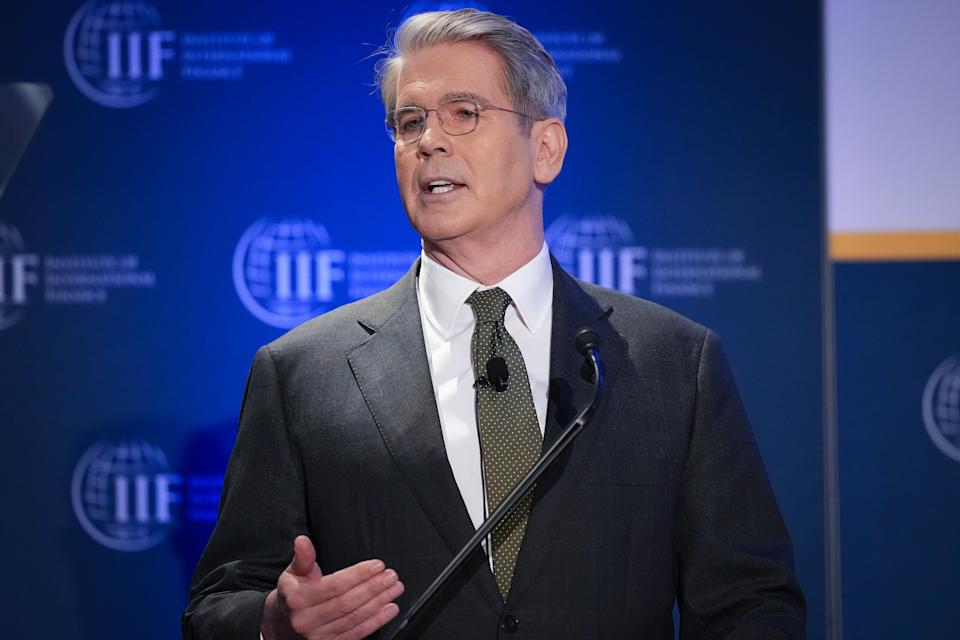Understanding Trump Tariffs: Impacts, Reactions, and the Future of US-China Trade
The economic relationship between the United States and China has never been simple. In 2025, the introduction and subsequent moderation of the Trump tariffs ignited significant debate and had immediate effects on global trade. This article explores what Trump tariffs mean today, how businesses are coping, and what the future may hold for US-China relations.

What Are Trump Tariffs?
Trump tariffs refer to the additional duties levied on goods entering the US, particularly from China, introduced during Donald Trump’s presidency and continued in his second term. These tariffs initially reached as high as 145% on certain Chinese imports. The goal was to pressure China into negotiating more favorable trade terms and to protect American manufacturing jobs. However, these sweeping measures also led to trade disruptions, supply chain uncertainty, and increased costs for consumers and businesses on both sides.
The Impact on Chinese and American Businesses
For Chinese manufacturers, the tariffs hit hard. Factories that once depended on American demand faced production slowdowns and layoffs. Firms in regions like Guangdong had to adapt quickly. Business owners described steep taxes as a major shock to their operations, forcing some companies to halt orders or diversify into new international markets. You can read an in-depth report on how Chinese businesses are adapting in this BBC News article.
In the US, the raised duties sparked concern across the financial markets. Companies reliant on Chinese goods for their supply chains dealt with higher costs and uncertainty. As explained in a detailed analysis by Yahoo News, these tariffs also led to increased inflation risks and affected US market stability. Read the Yahoo News coverage here for further insights into market reactions and commentary from financial reporters.
The Recent Truce and What It Means
A turning point came with a surprising deal in Switzerland, easing tensions between the two nations. Both sides agreed to wind back some levies for a 90-day pause. Under this truce, the US would impose a 30% duty on most Chinese goods—down from the previous peak—while China reduced its tariffs on US products to 10%. The truce offered much-needed breathing room for businesses, but many are still considering how to hedge against future uncertainty by diversifying markets or shifting operations.
Some experts argue that both sides compromised, pointing out that neither country could afford a prolonged economic standoff. The commentary from Fox Business reporters even suggests President Trump was pressured by market reactions to soften his stance on tariffs. The broader sentiment is that economic ties remain essential, despite ongoing trade disagreements.
Lessons for the Global Economy
The Trump tariffs episode highlights the interconnectedness of the global economy. Attempts to protect domestic industries can have far-reaching impacts, affecting jobs, consumer prices, and international relationships. Both Chinese and American businesses have learned the importance of flexibility and innovation in times of trade uncertainty.
For a comprehensive overview of these developments, check out the Washington Post’s latest coverage.
Conclusion: The Future of US-China Trade
As the dust settles on the latest chapter of the Trump tariffs, it is clear that trade negotiations between the US and China will continue to shape the economic landscape for years to come. Business leaders and policymakers must remain adaptable in the face of shifting policies. The recent truce may provide a short-term solution, but building long-term stability will require ongoing dialogue and trust between these two economic giants.
Stay informed, and watch how trade policies continue to evolve. Understanding the effects of the Trump tariffs will remain crucial for businesses, consumers, and investors alike.